The History Of Japan (Part 2) - From The Heian To Sengoku Period

This three part article covers the history of Japan from its earliest days to now, told through photos and links to historically relevant articles. This second article deals with the Heian to the Sengoku era.
In this special three part article, I have outlined the major epochs of Japanese history, starting from its earliest historically accepted dates and leading right up to the modern day. The first article covered everything from the Paleolithic to the end of the Nara era, and this second article will cover the span from the Heian to the Sengoku eras. The third article will cover Modern Japan, from the Edo era onwards.
If you’d like to learn more about Japanese history, you should really pay a visit to the Japan gallery at the National Museum of Nature and Science, or check out any of the amazing museums and galleries found in this article.
Heian (794 CE - 1185 CE)
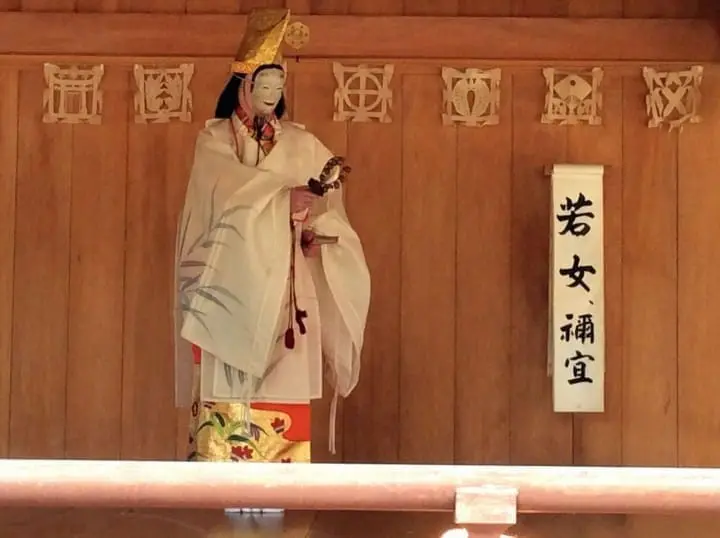
From: Heian Dreams - Hiraizumi In Autumn
The Heian era is a nearly 400 year long span of time that marks the end of the ancient eras of Japanese history. The capital was moved from Nara by Emperor Kanmu to Heian-kyo (modern day Kyoto) in 794, and the city flourished in many various ways.

From: The Tale Of Genji Was Written Here! Ishiyama-dera Temple In Shiga
This time is considered by many to be the era of the classical arts and literature; it was during this time that the world's first romance novel, "The Tale of Genji" was written by Murasaki Shikibu, one of the world's first known female authors.
During the Heian era, the court and the aristocracy were at the peak of their power; the Fujiwara family controlled a great deal of the country through their interconnections with the Imperial line.
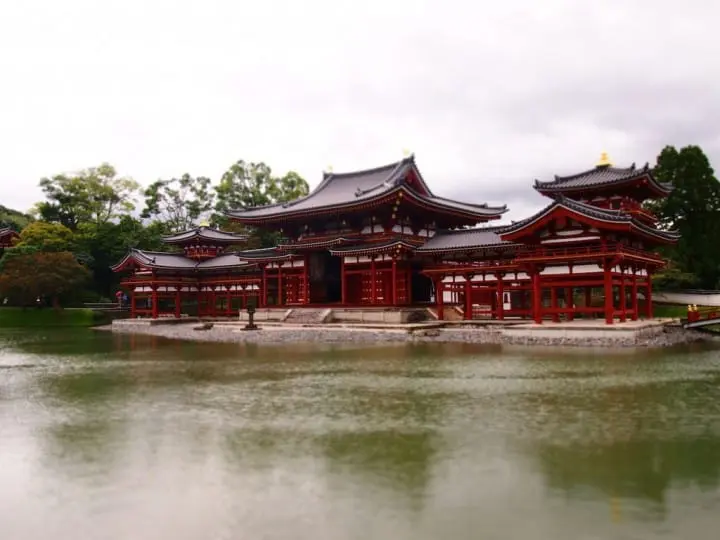
From: The Heian Period - Japanese Encyclopedia
Buddhism, Taoism, and other cultural imports from China were also at their peak, as can be seen in various surviving and reproduced structures from the time, such as the Phoenix Hall, part of Kyoto's Byodo-in Temple, which is also immortalized on the ten yen coin.
The Byodo-in, as well as other temples and structures dating back to the Heian period can be seen and visited today in the Kyoto area, so take a look at our article on sightseeing in Kyto for more information: Kyoto Complete Guide: Travel Tips, Sightseeing, Festivals and More!
Kamakura (1185 CE - 1333 CE)

From: Kamakura Travel Guide: Welcome To Japan's Old Capital In Kanagawa
The Kamakura era lasted from 1185 CE to 1333 CE, and saw the rise of the samurai class in Japan, under the reign of the first shogun, Minamoto no Yoritomo.
Yoritomo established the Kamakura bakufu (shogunal government) and moved the capital to Kamakura, in Kanagawa prefecture. This era saw the rise of feudalism in Japan, where lords dominated regions and were followed by retainers. It was also the time when Japan became a nation based on land or agricultural systems and localized governments under a central command.
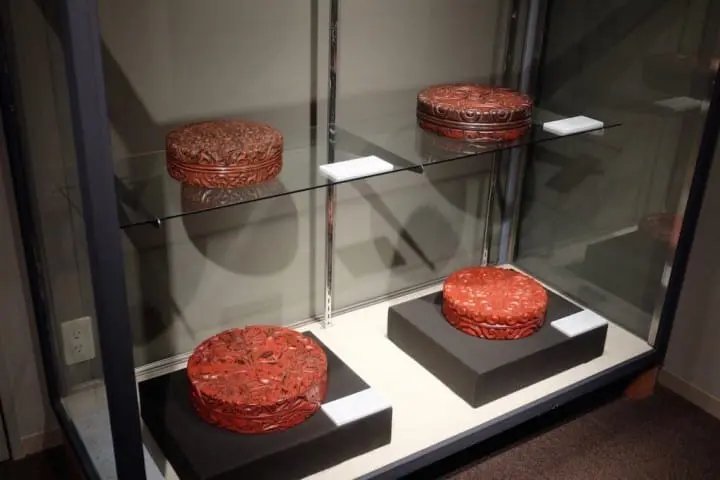
From: Kamakurabori, The Place To Go For Exquisite Kamakura Carvings
Buddhism flourished at this time, and this is nowhere more clearly seen that in the Kamakura area, as there are countless temples and Buddhist statues throughout the region, not to mention ritual implements made of Kamakurabori lacquerware.
If you'd like to learn more about the Kamakura area and visit the historical places here, take a look at our Kamakura Travel Guide: Welcome To Japan's Old Capital In Kanagawa.
Muromachi (1333 CE - 1568 CE)

From: Ikenobo Style Ikebana Exhibitions - Flowers Mirroring The Seasons
The Muromachi era took place after the brief Kenmu rebellion (1333-1336) that sought to restore power to the Emperor, and was lead by the Ashikaga shogunate, until 1568, when the last Ashikaga shogun was driven out of Kyoto by Oda Nobunaga.
This era is also known as being the start of the Sengoku era, when powerful lords began to battle one another, and the idea of unifying all of Japan under an established, centralized government not controlled by the Imperial family took shape.

From: Find Zen And Beauty At Kenninji, Kyoto's Oldest Zen Temple
Zen Buddhism and a return to Shinto are two of the other characteristics of this era, and as a result, arts such as ink paintings, architecture, literature, Noh theater, poetry, tea ceremony, landscape gardening and more grew in popularity and spread among a wider range of people - they were no longer solely restricted to the upper ranks of the aristocracy.
Azuchi-Momoyama (1568 CE - 1600 CE)
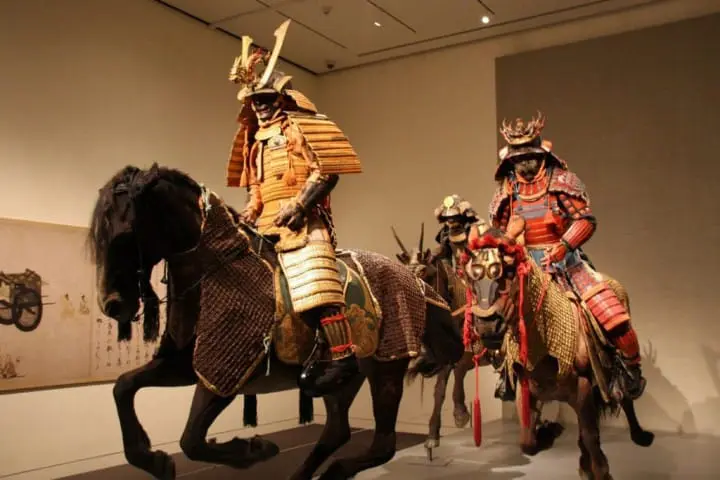
From: Japanese Encyclopedia: Daimyō ("Feudal Lord")
The Azuchi-Momoyama era is the final stage of the Sengoku, or Warring States, period. This tumultuous time ultimately saw the unification of Japan under the Tokugawa shogunate, who would rule Japan until the Meiji Restoration in 1868.
It was during this time that the great unifiers Oda Nobunaga, Toyotomi Hideyoshi, Tokugawa Ieyasu, as well as numerous other daimyo, such as Date Masamune, Uesugi Kenshin, Takeda Shingen, Hojo Soun, Azai Nagamasa, and Imagawa Yoshimoto fought together and against one another. Although a short era when compared to others, the Azuchi-Momoyama completely transformed both the landscape and culture of Japan, in ways that would last far into the future.
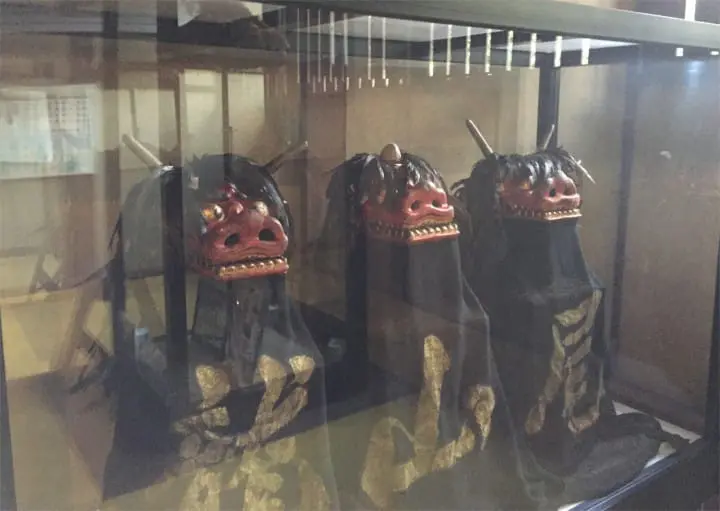
Photo related to: Kakegawa Castle, Shizuoka: An Authentic Castle Experience Awaits You
As the name indicates, this was a time where Japanese castles were at their most prolific, with hundreds, if not thousands, spread across the nation in every direction. As a result, jokamachi, or castle towns, also appeared - many of which are still famous areas to this day. If you'd like to learn more about Japanese castles, then please read A Must For History Buffs! Japan's Top 100 Castles Stamp Rally.
Up Next
In the next article, we will be moving on to the Edo era, the unified and arguably most stable period of Japanese history, through to today, Japan as it exists in the 21st century.
By the Same Author
Japanese Religion - Terms To Know When Visiting A Shinto Shrine
Learn The Impossible! Untranslatable Japanese Phrases
Japan Rail Pass Or Discount One-Day Tickets? Why You Should Use Both
Missed Your Last Train? How To Spend The Night Safely In The City
Delicious And Satisfying: 7 Must Try Comfort Foods In Japan!
This account is managed by MATCHA. We aim to provide useful information to our readers in an enjoyable manner.


































![[2025 Latest] A complete guide to enjoying a hidden gem in Japan: Tokyo and Kozushima in 4 nights and 5 days](https://resources.matcha-jp.com/resize/720x2000/2024/09/28-199498.webp)

![[30 minutes by train from Meitetsu Nagoya Station] A must-see for couples! Recommended date Feature Articles in Tokoname](https://resources.matcha-jp.com/resize/720x2000/2025/12/19-253428.webp)

![Deep dive into Japanese brands! A tour of famous leather shoe stores with GENSEI & Nin [Eizo Edition]](https://resources.matcha-jp.com/resize/720x2000/2025/12/18-253299.webp)